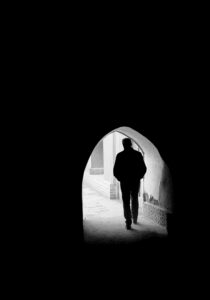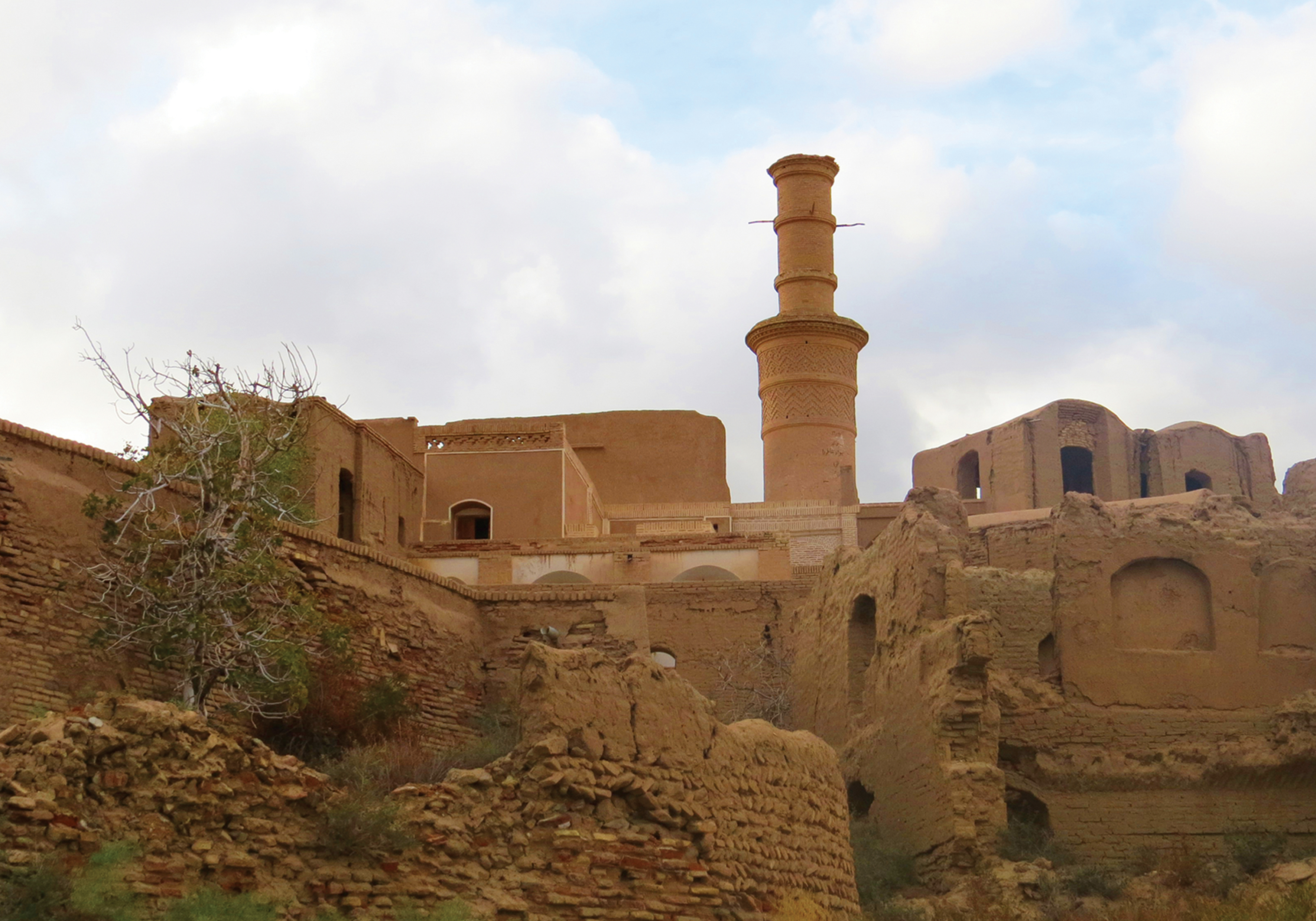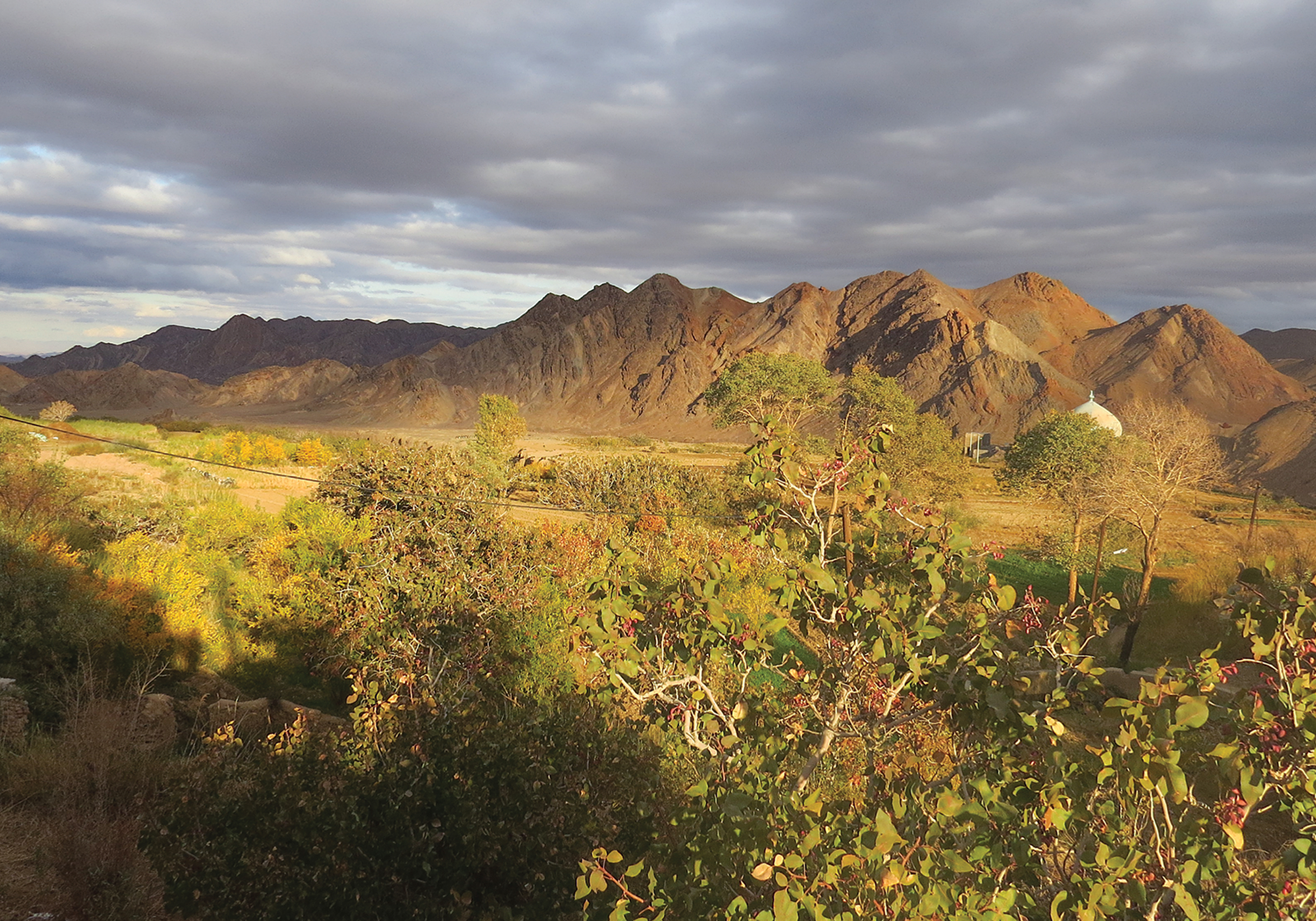The village is located in a mountainous region some 85 kilometres from the provincial city of Yazd and 1,900 metres above sea level.
At the moment, the village is divided into two quarters: old and new. Villagers are residing in the new quarters.
In the past, Kharanaq used to be called “Khouranaq” or “Khoranaq,” meaning “the place of rise or birth, or the sun.”

An 1,800-year-old castle is located in the old quarters of the village. The castle and its defences date back to the Sassanid era and are regarded as one of the biggest residential village castles in Yazd province and one of several castles in the world which contain multi-story houses.
“The castle has residential use and contains different spaces,” says researcher and architect Mohammad-Reza Qanei.
“Moats have been dug around the castle as defense against aggressors,” he told Iranian magazine Idea Designers.
“The neighbourhood is full of beautiful gardens and pomegranate orchards,” says the researcher.
According to Qanei, there are houses inside the castle which have several storeys each of which has a certain function.
“For example, the ground floor used to be a place to keep cattle. The first floor was used to store fodder. The storey above that would be used as a place for living during winter, and the last floor was where people would live in summer,” he says.
One of three shaking minarets in Iran stands inside the village’s castle next to a mosque there. The movement of the minaret can easily be seen when it is shaken. In the past, the minaret was used as a lighthouse or watchtower.

The road crossing by the side of the castle once used to be one of the major roads in the country through which caravans would travel. The area in the vicinity of the castle is replete with ore, zinc and granite mines as well as many other mineral resources. A nearby wildlife refuge is home to a plethora and fauna, namely goats, ewes, rams, wild cats, lynxes and cheetah, only to make the area all the more attractive.
One of the ancient monuments of the Kharanaq village is a caravanserai which dates back to the Sassanid era. Its arcades are covered with bricks, and if someone stomps on the middle of the arcades, the sound would echo several times inside the dome-like ceiling.
Near the village lies a historical bridge which, according to some documents, dates back to the Parthian era. What is interesting about the bridge is that it was never used by people or cattle to cross from side to side. Rather, the bridge was constructed to transfer water from the bank of a river on the one side to the other.
Also, there is a historical bath located near farms and is built in a deep hole to make it easier to have access to underground water. It seems like the bath was used by wealthy people as there are separate chambers inside for men and women. This comes as other baths in the village were used by men and women alternately.
